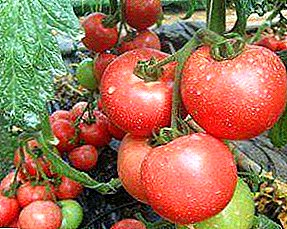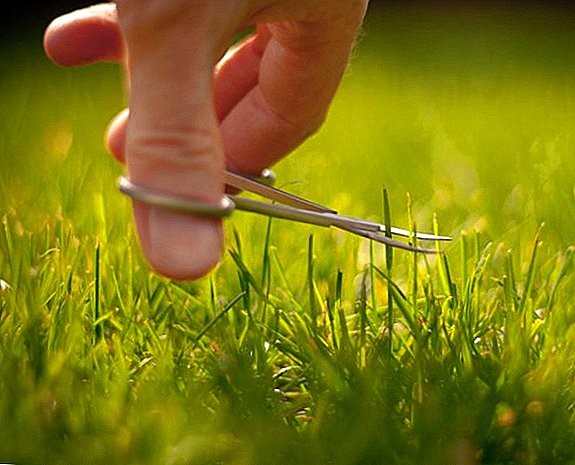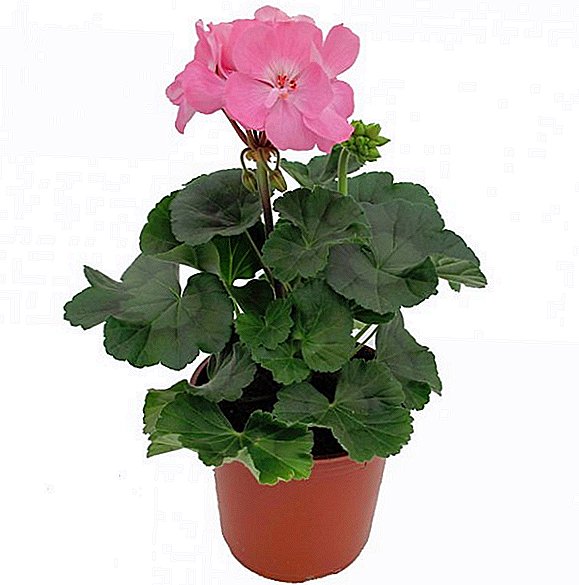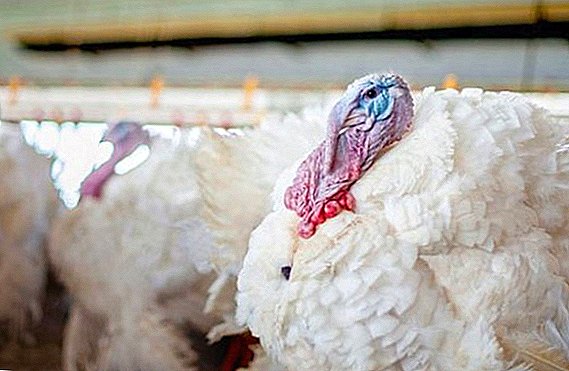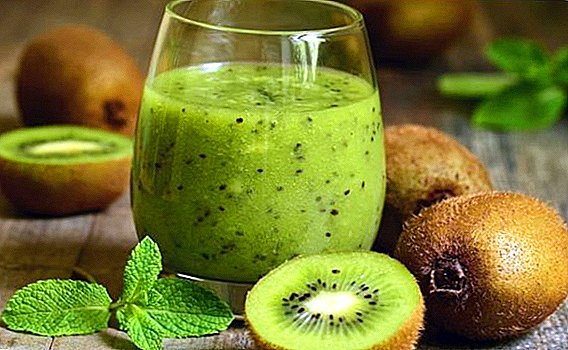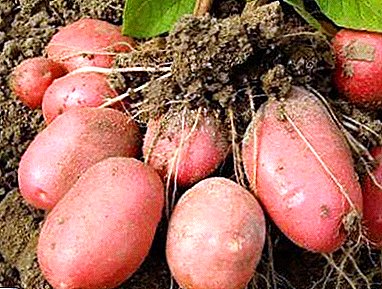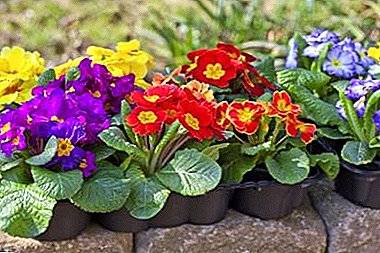
A primula is a plant that requires seating and transplanting. This is done due to the fact that after several years the depletion of the earth is possible at the place of its growth. This is also done for the purpose of reproduction and rejuvenation.
Further we will tell about the peculiarities of flower reproduction by dividing the bush and leaf. You will learn about growing a garden plant by March 8 in a greenhouse or in the open field, about how and when to divide a primula, and also about caring for it. You can also watch a useful video on this topic.
When to plant a garden plant?
Preparing for seating is started when such phenomena appear:
- The site becomes too little space for overgrown bushes.
- The flowers are less lush and the flowering period has decreased.
- Most of the roots became bare and because of this increases the risk of plant death during cold weather.
How to do it right?
To plant flowers choose an overcast and not hot day.. Then proceed to the procedure itself transplant primrose in compliance with all the conditions and requirements.
Choosing a place
Alpine slides and flower beds will fit; primroses will be blocked by higher plants from the sun. If they are planted separately, then choose a shaded place near the bushes or low trees. If there is a reservoir, it is better to plant it near it.
Soil and fertilizers
 For the cultivation of primrose prepare the soil in the place of its landing. These flowers love a well manured, light and loose clay soil. If the land in the area is clayey, but too dense, then a mixture of a bucket of sand, crushed peat moss, vermiculite and 2 kg of manure is put into 1 square meter intended for primroses.
For the cultivation of primrose prepare the soil in the place of its landing. These flowers love a well manured, light and loose clay soil. If the land in the area is clayey, but too dense, then a mixture of a bucket of sand, crushed peat moss, vermiculite and 2 kg of manure is put into 1 square meter intended for primroses.
Manure can be replaced by rotten silage. To do this, remove from above about 20 cm of earth and replace the prepared mixture. A year later, potash-phosphate fertilizers are applied to the soil.
When planting in light soils, there is a problem with insufficient nutrient content in them. In order for plants to develop normally, the land must be fertilized..
For this, the following mixture is recommended per 1 square meter of land:
- 5 kg of humus;
- 10 kg of leafy land or compost;
- 5 kg of peat;
- 15 grams of nitrogen fertilizer;
- 20 grams of phosphate-potash fertilizers.
In addition to preplant supplementation, 8–10 days after planting, a solution of complex fertilizers is introduced in half dosage per liter of water.
Training
Then you need to prepare the land for planting a flower:
- Immediately before seating, the bushes are well watered and dug.
- As far as possible, shake the ground from the roots, remove the weeds and rinse in a bucket of water.
- The prepared bushes are folded in the shade and covered with wet sacking before planting.
- Then in the soil pits for planting.
- The distance between the bushes from 10 - 15 cm for small varieties and up to 30 cm for large ones.
Important: If necessary, adjust the distance between the bushes so that the root system is maximum, ideally completely covered with leaves from direct sunlight and to prevent the soil from drying out.
Watering and moisture
- Before planting, water is poured into the wells and they are expected to be absorbed, after which 300 ml of solution is poured into each well to accelerate root growth.
 Then the plants are planted and watered abundantly.
Then the plants are planted and watered abundantly.- After planting, conduct daily watering for two weeks. The approximate amount of water per 1 square meter is about 3 liters of water.
For primrose after transplantation, constant but moderate humidity is very important.. In order to maintain it, the soil around them must constantly loosen and remove weeds. They also carry out mulching of the soil with either ordinary materials: fallen leaves, needles, sawdust, compost, or decorative fine gravel, in a layer of 5 cm. In hot and arid weather, large vases with moist moss are placed next to primroses.
Temperature
For seating, choose the time when the average daily temperature fluctuates between 12 to 15 degrees. In hotter conditions, the process of rooting slows down, which, in turn, increases the risk of bush death when frost occurs.
Features of growing
Although the primrose plant is quite unpretentious, but in its cultivation there are some nuances and features.
By March 8 in the greenhouse
For growing in greenhouses use maternal shrub delenki or biennial seedlings. They are dug out of the ground before the onset of the first frost, and together with an earthy clod they are planted in special boxes or pots. Then they are stored in a cool place, for example in a leafy greenhouse or in the basement.
During this period of the year, primrose care is to provide lower temperatures of 5 to 8 degrees. If the flowers are warm and there is good lighting, then they will quickly build up the green mass. This has a negative effect on the formation of flower buds. These plants bloom poorly and later than the set time. At this time of year they should not be watered.
In the last winter month, the primula is moved to a place with good lighting and elevated temperatures, about 18 degrees. At this time, for flowers gradually restore watering. If the plants were provided with proper care and were provided with the correct temperature indicators of 12-15 degrees, then they will bloom profusely and for a long time.
In the open ground
As many flower growers say, primrose completely unpretentious in the process of growing. It is enough just to feed her with fertilizers in time and observe the regime and rules of irrigation.
Fertilizers and humus
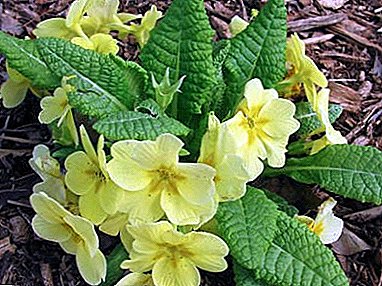 Immediately after the snow melted down, the complex mineral fertilizer, which consists of nitrogen, phosphorus and potassium, in a dosage of 10-20 grams per 1 sq. Two weeks later, in order to stimulate flowering, superphosphate is introduced in the same volume.
Immediately after the snow melted down, the complex mineral fertilizer, which consists of nitrogen, phosphorus and potassium, in a dosage of 10-20 grams per 1 sq. Two weeks later, in order to stimulate flowering, superphosphate is introduced in the same volume.- After 12 - 15 days after the appearance of flowers, feed the solution of mullein to stimulate the bookmark following flower buds. Part of the fertilizer in 10 parts of water, half a liter per plant.
- Approximately in the middle of August, to increase cold resistance, they feed with phosphate and potash fertilizers, 15-20 grams per 10 liters of water.
Sheet humus is used as organic fertilizer.. Do it according to this scheme:
- In late autumn, they collect fallen leaves and place them in opaque, preferably black, plastic bags, which are left for 9 - 12 months in an unheated room.
- After this time, the leaves are crushed and applied to the soil.
If it is not possible to chop the leaves, the time of their stay in the package increases to self-disintegration into small pieces.
Moisturizing
Normal development requires constantly wet soil.. In the spring watering is done about once a week. In hotter periods, watering is carried out once every three days, using 3 liters of water per 1 square meter. In the case of too dry summer watering is done every day.
What to do after flowering?
After the end of flowering and seed ripening, the soil near the plants is well loosened and all weeds are removed. Cut off all dried flowers and collect seeds.
Sheet rosette do not touch until the end of autumn. If it is cut too early, the flowering next year will be less abundant, and the flowers themselves are small and weak. After pruning rosettes, flowers are covered with dry leaves to protect against frost..
We talked about the subtleties of primrose care in the fall here, and from this article you will learn about the rules for preparing the plant for wintering.
Breeding
In addition to propagation of primrose seeds, many growers recommend breeding it by dividing the mother bush or leaf.
Dividing bush
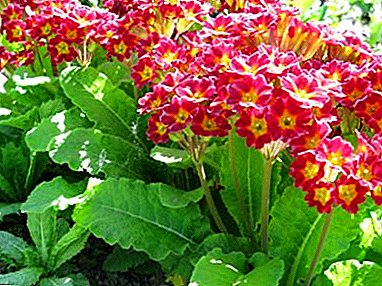 Before the start of division, the bushes of plants are well watered.
Before the start of division, the bushes of plants are well watered.- Then they are dug, shaken off the ground and washed with water.
- Sharp, disinfected with a knife divide the mother bush into parts, each should have 1 - 2 buds, and treat each section with ash, charcoal or sulfur.
- In the process of division ensure that the plots are not dried out.
The division is carried out in the shade to prevent exposure of plants to direct sunlight and their drying. Next, make landing, as described above. If the planting is quite late, then primroses should be covered with dry foliage..
We recommend to watch the video about primrose breeding by dividing the bush:
Leaf
Many species of primrose can be propagated by leaf. This process is similar to the reproduction of violets:
- With a sharp knife or blade, obliquely cut a healthy, strong leaf from the middle of the socket.
- The cut place is disinfected with a small amount of alcohol and let it lie down for 30 minutes.
- Then immersed in boiled water and wait for the formation of roots with the initial formation of the outlet, then planted for growing in coarse sand.
Board: It is possible to land a leaf of primrose after cutting immediately into wet soil.
Possible diseases and their treatment
After transplantation, all the forces of the plants go to the rooting process. and therefore there is the possibility of the following diseases:
- rot of stalks and root collar;
- rust;
- white rust;
- bacterial leaf spot;
- anthracnose;
- powdery mildew;
- jaundice;
- cucumber mosaic.
All affected leaves are removed and burned. Then the remaining parts of the plants are treated with fungicides: Fudazole, Topxin, Zineb. Additionally recommend spraying a solution of copper sulfate or Bordeaux liquor.
Use in landscape design
The most spectacular primrose, planted with the aim of decorating the space along the banks of artificial reservoirs and around the fountains. Often used to highlight tracks and borders. Due to its origin, it is part of the alpine hills and rockeries under coniferous trees. Often, primroses are planted in the most shaded areas of gardens and flower beds..
Useful properties, recommendations for use and contraindications
All parts of primrose have remarkable healing properties. Preparations from it improve urination, expectoration, sweating. They have antispasmodic, analgesic and tonic effect on the entire human body. Primrose medicines can both calm and tone up.
They are recommended for:
 old cough;
old cough;- bronchitis;
- pneumonia;
- whooping cough;
- colds;
- runny nose;
- headaches;
- rheumatism;
- sleep and appetite disturbances;
- general decrease in immunity.
Primrose preparations are prohibited for use by people with peptic ulcers of any origin. and with individual intolerance to drugs primroses. It is strictly forbidden to use such drugs during pregnancy, and especially in the first trimester. They can cause a contraction of the uterus, which often leads to miscarriage.
Conclusion
Now you know how to propagate and grow a primula. Observing all the conditions of primrose seating, flower growers not only get new bushes of plants, but also rejuvenate adult bushes. It is also important to replant the primula in order to avoid excessive depletion of the soil under it. And, of course, they do not disregard the resumption of the possibility of making traditional medicine out of it.


 Then the plants are planted and watered abundantly.
Then the plants are planted and watered abundantly. Immediately after the snow melted down, the complex mineral fertilizer, which consists of nitrogen, phosphorus and potassium, in a dosage of 10-20 grams per 1 sq. Two weeks later, in order to stimulate flowering, superphosphate is introduced in the same volume.
Immediately after the snow melted down, the complex mineral fertilizer, which consists of nitrogen, phosphorus and potassium, in a dosage of 10-20 grams per 1 sq. Two weeks later, in order to stimulate flowering, superphosphate is introduced in the same volume. Before the start of division, the bushes of plants are well watered.
Before the start of division, the bushes of plants are well watered. old cough;
old cough;